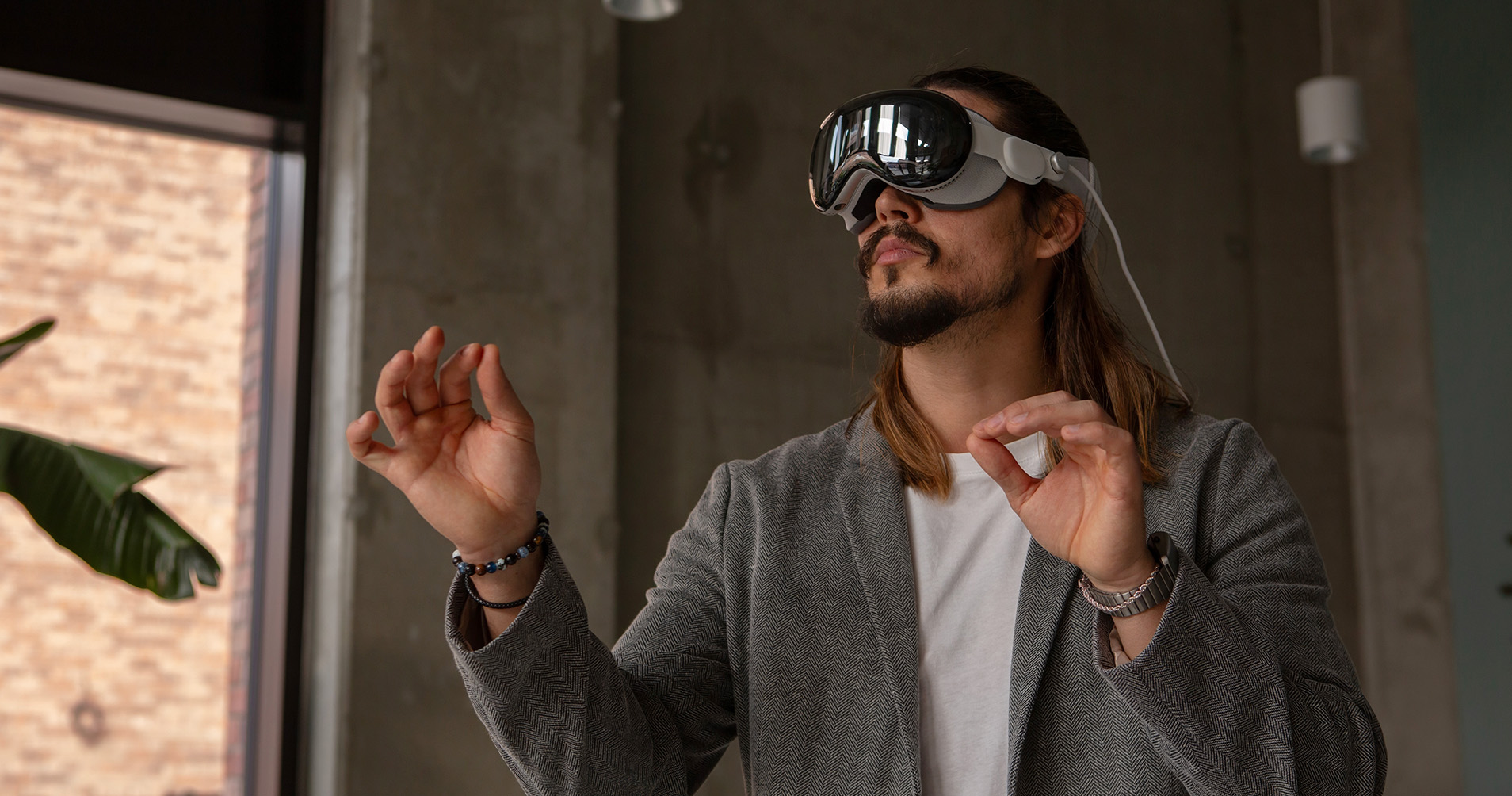Hyundai Motorstudio Senayan Park
Hyundai Motorstudio Senayan Park
Newsroom
The official news from Hyundai Motorstudio Senayan Park and a collection of innovative articles on mobility and sustainability here.
-
Spatial Computing: Innovation for the Future of Smart Cars
- Hyundai Motorstudio Senayan Park Senayan Park 2024.09.18
-
Rapid technological developments are changing cars, originally just a means of transportation, into intelligent everyday partners that can understand and interact with the surrounding environment. One of the key technologies in this evolution is spatial computing. Hyundai, as one of the major players in the automotive industry, has adopted this technology to create smart cars that are not only sophisticated but also intuitive. Let's discuss spatial computing and how Hyundai is taking advantage of it!
What is Spatial Computing?
Simply put, spatial computing is an intelligent technology that allows devices to understand and interact with the physical environment around them. It involves using advanced sensors, cameras, and algorithms to “see” the real world and make decisions based on that data.
Imagine wearing AR (augmented reality) glasses and seeing digital information projected into the real world around you. The same concept is applied in smart cars, where the car can "see" the road, signs, pedestrians, and other objects around it and then respond with appropriate actions.
4 Components of Spatial Computing
There are several important components for spatial computing to work seamlessly in cars, including:
- Sensors and Cameras: This component can be said to be the eye of spatial computing. Smart cars are equipped with various sensors and cameras that can detect everything around the vehicle, from traffic signs to pedestrians.
- Real-Time Data Processing: All data captured by sensors and cameras will be immediately processed so that the car can make decisions in a short time, such as braking when there is an obstacle ahead.
- 3D Maps and Virtual Environments: Smart cars are equipped with very detailed 3D maps to understand their position and the surrounding environment. This map is also continuously updated in real-time based on data received from sensors and cameras.
- Artificial Intelligence (AI): This is the brain of spatial computing. With AI, cars can not only recognize objects but also predict movements and plan the safest and most efficient actions.
Innovation and Potential of Spatial Computing in the Automotive Industry
In the future, the potential for spatial computing in the automotive industry is very broad. It could be that one day there will be fully autonomous cars, able to not only drive themselves but also interact with smart road infrastructure, other vehicles, and even pedestrians. The driving experience will become increasingly intuitive and safe, with vehicles able to predict road and traffic conditions with high accuracy. In addition, the integration of spatial computing with AI will allow cars to learn from driver behavior, making them more intelligent and personalized.
Hyundai has taken concrete steps in implementing the technology of spatial computing in several global versions of its products. IONIQ 5 and 6 are equipped with an Augmented Reality Head-Up Display (AR-HUD) feature that projects important information such as navigation and safety warnings directly on the windshield, adapted to real-world objects to increase driver safety. Besides that, Remote Smart Parking Assist (RSPA) on IONIQ 5, IONIQ 6, and NEXO also utilize spatial computing to help drivers park vehicles automatically in tight spaces by monitoring the surrounding environment in real-time. These innovations reflect how Hyundai utilizes the latest technology to increase safety, comfort, and efficiency in the driving experience.
Various innovations, such as spatial computing, prove that in the future technology can be implemented to create vehicles that are not only sophisticated but also intuitive and user-friendly. Just get ready for a new era where cars are not just a means of transportation but also smart partners on every trip!




